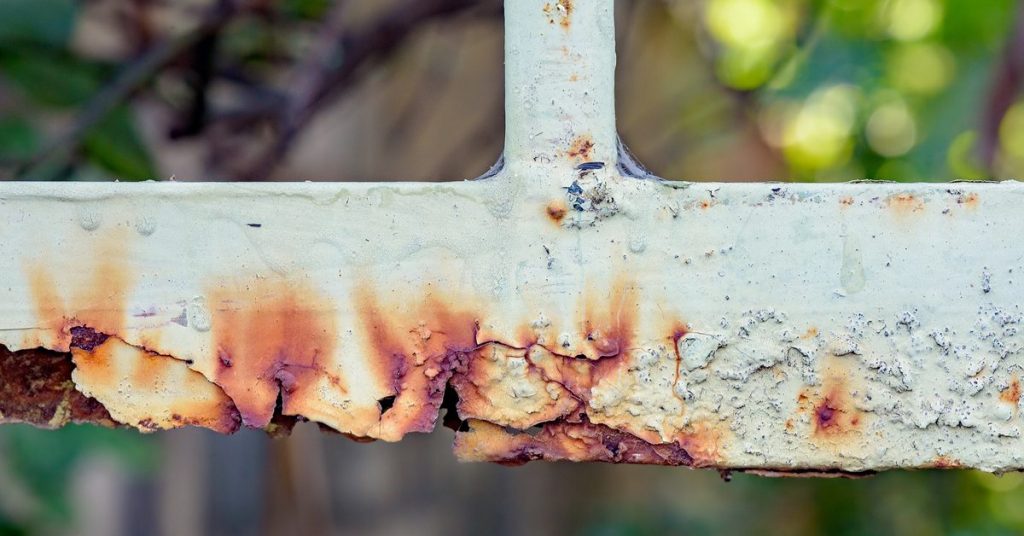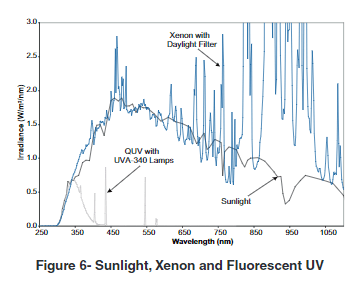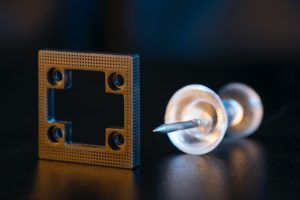
Achieving Cost-Saving Laboratory Testing Solutions during the Pandemic
Join us and discover cost-effective paint and coating laboratory set up without compromising quality and reliability with Biuged!

Sunlight is a major cause of damage to a number of materials, including plastics, textiles, coatings, and other organic materials. The type of damage, such as loss of physical properties, chalking, cracking, peeling, fading, and color change. For durable materials, like most coatings and plastics, short-wave UV is the primary cause of polymer degradation. However, for less durable materials, like many dyes and pigments, longer wave UV, and even short-wave visible light, can cause significant damage.
For many manufacturers, it is crucial to understand the effects of prolong sunlight exposure to your products.
Accelerated weathering testers are designed to simulate natural sunlight, and are widely used for research and development, quality control and material certification. These testers can provide fast, repeatable and reproducible results. The QUV Accelerated Weathering Tester and the xenon arc are the most commonly used accelerated weathering and light stability testers. These testers are based on two completely different approaches.
Xenon arc testers, such as the Q-SUN® Xenon Test Chamber, reproduce the entire spectrum of sunlight including ultraviolet (UV), visible light and infrared (IR). The xenon is essentially an attempt to reproduce sunlight itself. While on the other hand, QUV testers do not attempt to reproduce the full spectrum of sunlight, but, rather, just the damaging effects of sunlight.

MahaChem is the authorised distributor for Q-lab testers in Singapore, Indonesia and the Philippines. If you would like more information regarding the machine, contact us via email.

Join us and discover cost-effective paint and coating laboratory set up without compromising quality and reliability with Biuged!

What is 3D printing work? How is it different from other manufacturing techniques? The answers to these questions might surprise you. There at several different types, there isn’t just one form of 3D printing. They all build parts by depositing material one layer at a time, but there are important differences in terms of 3D printing technologies, the materials supported, the part sizes that can be produced, and the accuracy, resolution and precision that the 3D printers can achieve.

There are many methods of UV Light Disinfection, and here are the various types and the tools that adopt the respective technologies.
Copyright © 2023 Maha Chemicals (Asia) Pte Ltd